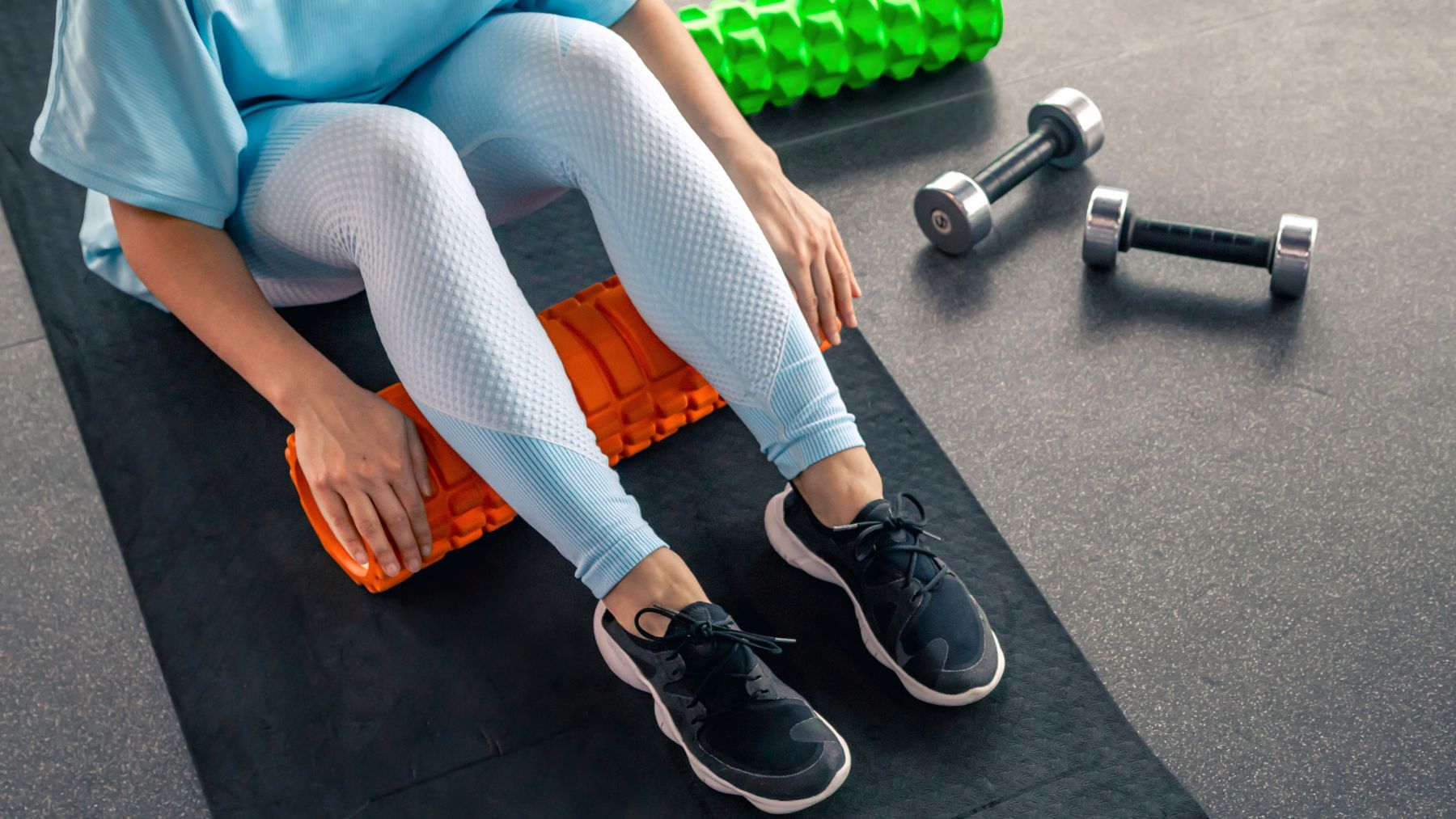High blood pressure raises the risk of heart disease, stroke, and kidney damage, and exercise can help bring numbers down. According to recent studies, the most effective type isn’t running, cycling, or lifting weights—it’s isometric exercise, the kind where you hold a static position like a plank or wall sit.
Dr. Nish Manek, a GP who has reviewed the latest evidence, points out that these exercises have shown the biggest impact on blood pressure in large-scale studies. Here, we’ll look at why isometric workouts stand out, how much is enough, and which other activities also support healthier blood pressure.
The best exercise for blood pressure
According to recent evidence, isometric exercises—movements where you hold a position without moving—are the most effective for lowering blood pressure. This includes wall sits, static planks, or holding a squat. These exercises work by creating sustained muscle contractions that help improve blood vessel function and circulation.
A 2023 analysis of more than 270 studies covering over 15,000 people found that isometric training produced greater reductions in both systolic and diastolic blood pressure than other exercise types. The changes were most noticeable when participants trained for 20 to 40 minutes, three to five times a week, over a period of at least a month.
That doesn’t mean you need to spend hours in the gym. Aiming for about 30 minutes of moderate activity most days—where your breathing quickens but you can still hold a conversation—can have a meaningful impact. Consistency, not intensity, is what’s central here.
Other exercises that help lower blood pressure
While isometric training stands out, aerobic and resistance-based exercises also provide clear benefits. Mixing them into your routine adds variety and supports cardiovascular health. Here are some effective options:
- Walking and running: Brisk walking and light jogging improve endurance, strengthen the heart, and lower systolic blood pressure over time.
- Cycling: A low-impact option that boosts circulation and builds leg strength while easing stress on the joints.
- Strength training: Lifting weights or using resistance bands builds muscle, which in turn helps regulate metabolism and blood pressure.
- High-intensity interval training (HIIT): Short bursts of effort followed by recovery improve vascular flexibility and insulin sensitivity.
- Active daily tasks: Even activities like gardening, housework, or climbing stairs contribute to weekly activity goals.
No matter the type, studies show the key is regularity. Blood pressure benefits tend to appear after several weeks of consistent training and are sustained with long-term habits.
Exercise works best when paired with other healthy practices. Reducing salt, eating a diet rich in vegetables and omega-3 fats, managing stress, and maintaining a healthy weight all support blood pressure control. For many people, medication like beta-blockers remains essential, but lifestyle changes can reduce reliance on drugs and improve quality of life.
The bottom line is that if you want to lower your blood pressure, isometric training is the most effective place to start. But the best plan is often a mix: holding a wall squat today, cycling tomorrow, and walking with a friend the next. What matters most is building movement into your routine and keeping it consistent.
